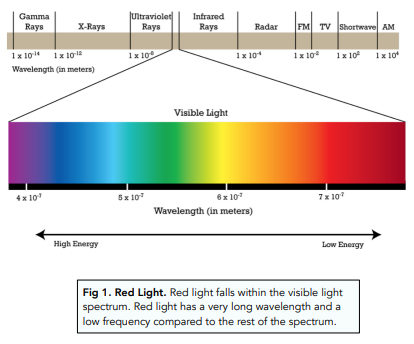Red-Shift (GCSE Physics)
Red-Shift
Red-Shift
Wavelength and Frequency
We can look at the wavelength and frequency of waves, such as sound waves and light waves:
- The wavelength tells you the length of a single wave.
- The frequency of a wave tells you the number of waves per second.
The higher the wavelength, the lower the frequency, because if you have a short wavelength then many waves can be present in one second (hence a high frequency), and vice versa.
Wavelengths of Light in Space
From Earth, we can observe light from other galaxies. When we look at light from other galaxies, the wavelength we observe can tell us how far the light is coming from. The longer the wavelength, the further the light is from the earth.
The wavelengths we see are continuously increasing, which means that the galaxies are getting more and more ‘distant’ from Earth. To put this more simply, if a galaxy has a very large increase in wavelength, it means that the galaxy has moved very far away from Earth.
We can describe the increasing wavelength of light as ‘red-shift’. If you look at this diagram below, it shows the different wavelengths of lights in the electromagnetic spectrum. The highest wavelength lights are red. The lights we see from space tends to move towards the red end of the spectrum because their observed wavelength is getting higher and higher(and frequency is therefore lower).

The Doppler Shift of Light
We previously learnt about the Doppler effect in the Waves module. The Doppler effect also has an affect on the frequency and wavelength of light which is received from moving objects. This is called the Doppler Shift of Light.
- Blueshift occurs as light moves towards the blue end of the spectrum. This end of the spectrum has a lower wavelength, which means the object is moving toward the observer.
- Redshift occurs as the light moves towards the red end of the spectrum. This end of the spectrum has a higher wavelength, which means the object is moving away from the observer.

By using the changes in wavelength observed, we can measure the change in speed of certain galaxies using the following equation:

Where:
- reference wavelength, λ0, in metres (m)
- measured wavelength, λ, in metres (m)
- change in wavelength, Δλ, in metres (m)





Still got a question? Leave a comment
Leave a comment